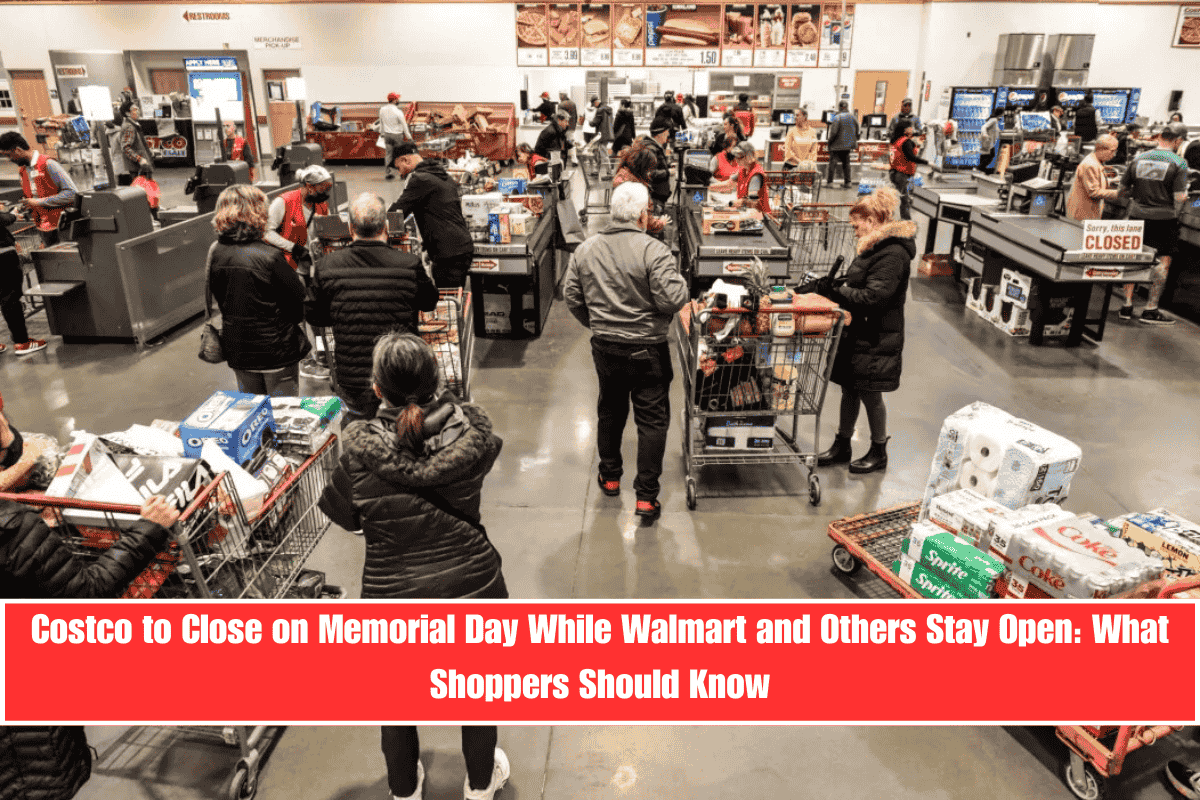Tensions are rising in grocery stores across America as the ongoing debate around self-checkout machines heats up. Retailers like Target are facing growing criticism from customers fed up with long waits, reduced service, and confusing store policies. Some shoppers are even walking out in protest, leaving full carts behind and vowing never to return.
The backlash highlights a bigger issue spreading across the retail industry: Are self-checkouts helping or hurting the customer experience?
“No Reason to Shop at Target Anymore”
One frustrated Target customer recently shared their experience on social media, saying they had reached their breaking point with the store’s checkout situation.
“There’s no reason to shop at Target anymore,” they posted. “They won’t hire people to check people out.”
They described long lines at the few staffed checkouts and even longer waits at self-checkout, with 10 to 15 people in queue. The situation became even more disheartening when a man in a wheelchair arrived and received no assistance, further fueling the shopper’s frustration.
In the end, the customer chose to leave their fully-loaded cart behind and walk out of the store—a dramatic move that many online users said they completely understood.
The Real Reason Behind Self-Checkout Closures
Another Target shopper gave insight into the reason many stores are scaling back self-checkout options. According to an employee at a local Target, the real reason behind these closures isn’t about encouraging “human interaction,” as initially suggested—it’s about curbing theft.
“Our local Target closed self-checkout about a year ago,” the shopper explained. “At first, they said it was to increase human interaction. But later, a very honest employee told me it was because of rampant stealing.”
With fewer cashiers and longer waits at regular checkouts, many customers say they feel forced to use other shopping methods. One customer noted, “Now I just use drive-up orders. It’s faster and easier.”
The customer concluded with disappointment, saying, “I would never go out of my way to shop at Target nowadays.”
Self-Checkout Backlash Spreads Across Retail
The problems at Target reflect a larger trend affecting stores all over the U.S. and even abroad. As more retailers embrace technology to reduce labor costs, shoppers are growing frustrated with the lack of in-person help.
Interestingly, British homeware chain Dunelm has gone the opposite direction—planning to expand its self-checkout systems. The retailer has announced it will install self-checkouts in over half of its UK stores by 2026, showing that not all retailers are pulling back.
Lawmakers Push for Regulation
Meanwhile, changes could soon come from higher up. In Washington state, lawmakers are proposing new regulations that would control how and when self-checkout machines are used in grocery stores.
If passed, the bill would enforce standards for safety, customer service, and employee oversight at self-serve kiosks—something many shoppers argue is urgently needed.
As more people share their frustrations, the conversation about self-checkout in retail is gaining serious attention. While some appreciate the speed and independence of self-service, others say it leads to longer lines, more stress, and less help when it’s really needed.
Retailers like Target now face tough choices: balance cost-saving tech with customer satisfaction, or risk losing loyal shoppers altogether. Whether future shopping becomes more digital or goes back to basics, one thing is clear—the checkout experience matters more than ever.


















Leave a Reply